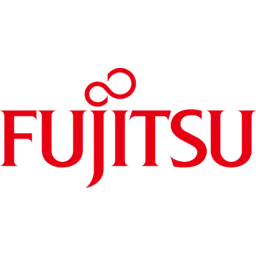
P/E ratio for Fujitsu (6702.T)
P/E ratio as of April 2024 (TTM): 2.34
According to Fujitsu's latest financial reports and stock price the company's current price-to-earnings ratio (TTM) is 2.3377. At the end of 2022 the company had a P/E ratio of 20.2.
P/E ratio history for Fujitsu from 2012 to 2023
PE ratio at the end of each year
| Year | P/E ratio | Change |
|---|---|---|
| 2022 | 20.2 | 9.61% |
| 2021 | 18.4 | 7.47% |
| 2020 | 17.1 | 25.77% |
| 2019 | 13.6 | 60.32% |
| 2018 | 8.50 | -42.51% |
| 2017 | 14.8 | 42.72% |
| 2016 | 10.4 | -35.95% |
| 2015 | 16.2 | 29.14% |
| 2014 | 12.5 | -17.89% |
| 2013 | 15.3 | -208.96% |
| 2012 | -14.0 |
P/E ratio for similar companies or competitors
| Company | P/E ratio | P/E ratio differencediff. | Country |
|---|---|---|---|
 Microsoft MSFT | 36.9 | 1,476.43% | 🇺🇸 USA |
 Oracle ORCL | 33.2 | 1,321.88% | 🇺🇸 USA |
 IBM IBM | 24.2 | 933.50% | 🇺🇸 USA |
 Texas Instruments TXN | 22.3 | 855.35% | 🇺🇸 USA |
 HP HPQ | 12.0 | 414.13% | 🇺🇸 USA |
How to read a P/E ratio?
The Price/Earnings ratio measures the relationship between a company's stock price and its earnings per share. A low but positive P/E ratio stands for a company that is generating high earnings compared to its current valuation and might be undervalued. A company with a high negative (near 0) P/E ratio stands for a company that is generating heavy losses compared to its current valuation.
Companies with a P/E ratio over 30 or a negative one are generaly seen as "growth stocks" meaning that investors typically expect the company to grow or to become profitable in the future.
Companies with a positive P/E ratio bellow 10 are generally seen as "value stocks" meaning that the company is already very profitable and unlikely to strong growth in the future.